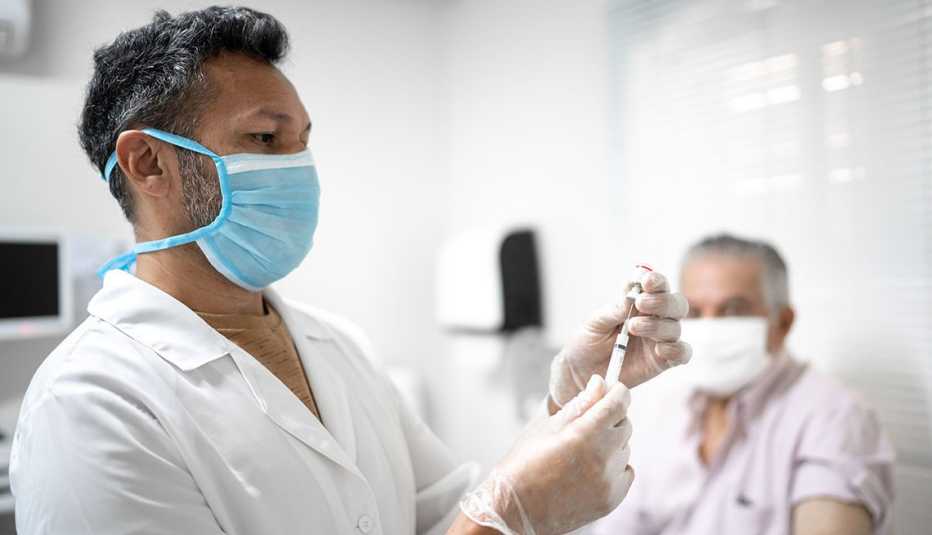Staying Fit
If you are fully vaccinated against COVID-19, you may stop wearing a mask and social distancing in most settings, including at crowded indoor and outdoor events, according to new guidance issued Thursday by the U.S. Centers for Disease Control and Prevention (CDC).
It is a big step toward a return to pre-pandemic life, and one that may take some getting used to for weary Americans who have been covering their faces and living with restrictions for more than a year.


AARP Membership— $12 for your first year when you sign up for Automatic Renewal
Get instant access to members-only products and hundreds of discounts, a free second membership, and a subscription to AARP the Magazine.
“We have all longed for this moment,” CDC Director Rochelle Walensky, M.D, said at a press briefing. “If you are fully vaccinated, you can start doing the things that you had stopped doing because of the pandemic.”
You are considered fully vaccinated two weeks after the one-dose Johnson & Johnson shot, or two weeks after the second dose of either the Pfizer-BioNTech or the Moderna vaccine.
For now, the CDC says there are still some scenarios when fully vaccinated people should wear a mask: in hospitals, medical offices and nursing homes; at correctional facilities and homeless shelters; and when traveling by plane, bus, train or other public transportation. Walensky said Thursday that the agency may soon revisit some of those guidelines as well.
Vaccinated people should also obey state and local mask ordinances and wear a face covering if required by businesses and workplaces, the CDC says.
If you have a weak immune system, talk to your doctor about whether it’s safe to drop your mask.
An incentive to get vaccinated
William Schaffner, M.D., an infectious disease specialist and professor of preventive medicine at the Vanderbilt University School of Medicine, calls the new guidelines “an important step forward.”
He notes the CDC had faced criticism, including from some health officials, for being too cautious. The new guidelines, he says, “will make many, many people happy, and perhaps encourage some people to get vaccinated.”
About 119 million Americans, or more than a third of the population, are fully vaccinated against COVID-19. Nearly 72 percent of adults 65 and older are fully vaccinated. But the number of vaccinations administered per day has slowed in recent weeks.



































































